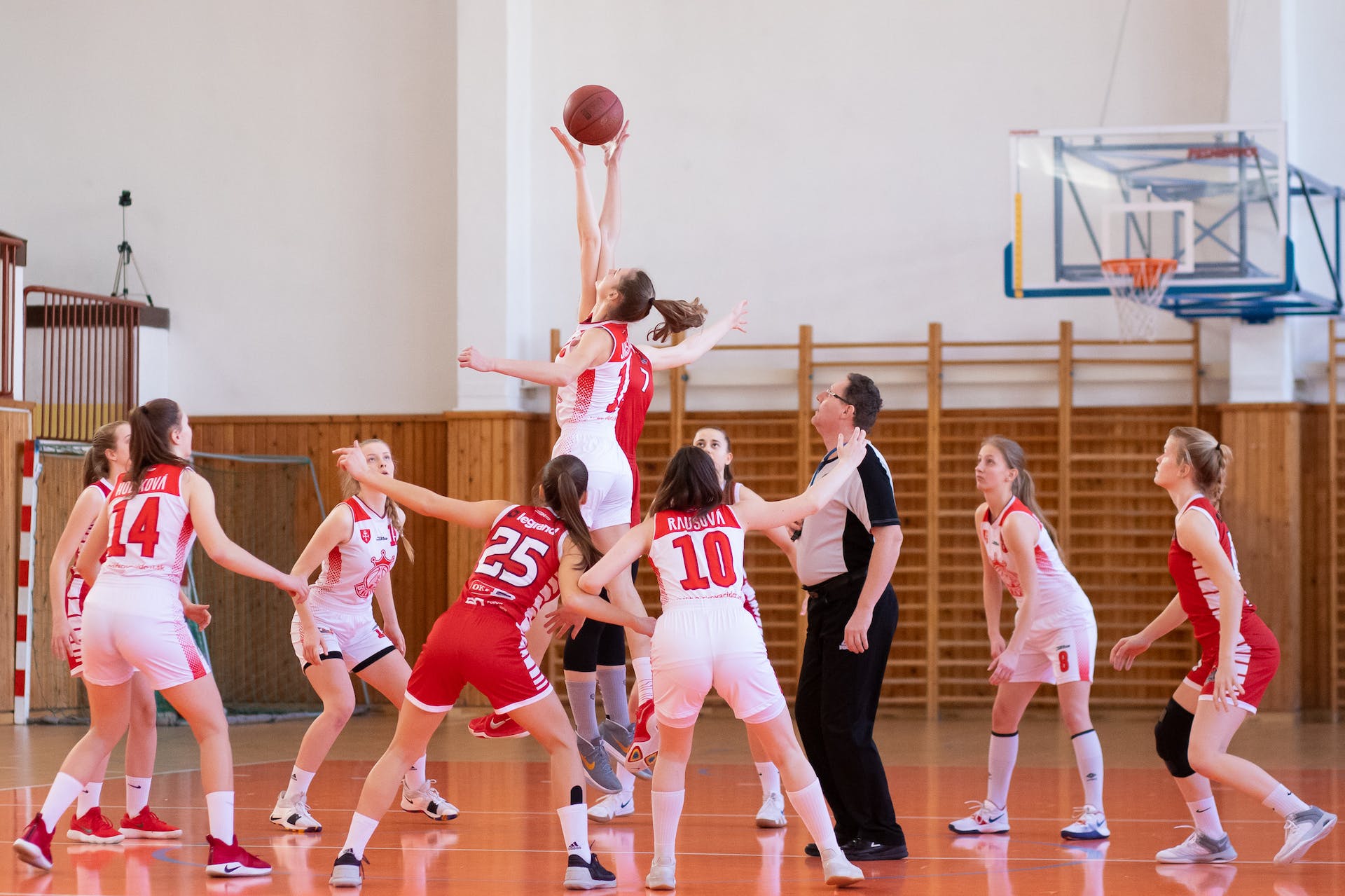B2B sales reps trying to focus on the right accounts in their territory are like college teams recruiting players.
(I promise this analogy is worth it. Stick with me here even if you’re not a sports fan.)
When recruiting, college teams have a limited ability to take on new, unproven players and a limited pool to choose from. Bad choices are costly! There are a lot of players out there to discover, but there's also a lot of competition. Make the wrong choice, you waste time and scholarships. Make the right choice, you get showered in sweet, sweet TV contract money.
How do teams solve this problem? Do they just look at the available players, sort them by their stats and go recruit the one that comes out on top? Sure, but it’s not the whole story. Lots of players have similar stats. That’s especially true once you’re outside the “obvious” top choices.
Enter the scout and the “eye test”. College teams send scouts to look at players all over. They go to games and watch. They see how they play, how they interact with their teammates, how they respond to mistakes, evaluate their body language. And then, well, they write up as scouting report. This is the qualitative side.
The players they decide to recruit are based on a combination of the stats (quantitative) and the eye test (qualitative). Teams that do both well get good recruits, especially once you get past those “obvious” stars.
Okay, so you can’t just look at stats. But there's a catch. Stats are cheap and plentiful, which scout time is in short supply. The solution is to filter by stats first and only send scouts to the obvious standouts. Sure, you might miss some diamonds in the rough but it’s just not physically possible to do it any other way.
So back to sales. Sales teams use their reps as scouts. Ops gives them some stats (firmographics, maybe an account score) to tell them who the “best” prospects (on paper) are in their territory and then the reps are supposed to go scout them. How does this work out for the reps? Reps get to undertake the glorious slog of account research to see which companies make sense to reach out to. It’s the equivalent of the scout watching hours of video, then sitting bleary-eyed on the bleachers in a small town after flying coach and eating fast food in their Comfort Inn the night before. And then doing it again. And again.
In fact, one sales rep spends about 7 hours per week doing this research and prioritization, the scouting. That's about 18% of their work week.
But you have to do it. You have to have the eye test because stats alone don’t tell you everything.
But what if this scouting” time wasn’t scarce in sales? What if you could run the eye test for all prospects automatically and at scale? What if you could filter it down to the combination of prospects with the right stats and the right qualitative stuff? What if the qualitative could also become quantitative?
It would mean more focus. More rep time spent actually selling. Huge improvements in efficiency across a sales team.
Sure, reps will have manual work to do, but less of it gets wasted on dead ends. Less filtering though big lists, scrolling through websites, reading LinkedIn posts. More high-touch “recruiting” of the right prospects.
I think this is becoming possible. Thanks to AI based on large language models, we can start to apply some of that deeper, qualitative human understanding at an inhuman scale. Evaluations that were previously based on human research and human pattern matching (aka the eye test) can now become something quantitative and scalable.
This is radically different from the old model of “throw firmographic attributes into a black box and get a score” version of “AI”. That was just a smarter way of doing the stats part. This is something new that, combined with the attributes, drives a new level of focus.
===
By the way I’ve been thinking about this metaphor to help explain what we’re trying to achieve with Market Map at Gradient Works. We think we’ve found a way to scale the eye test by using AI to build an understanding of prospects that are similar to your customers, in much the same way a human would - but at scale and with quantitative output. It’s part of the story and is meant to be combined with the firmographics-based data that you already use to decide good prospects. Give it a try.






